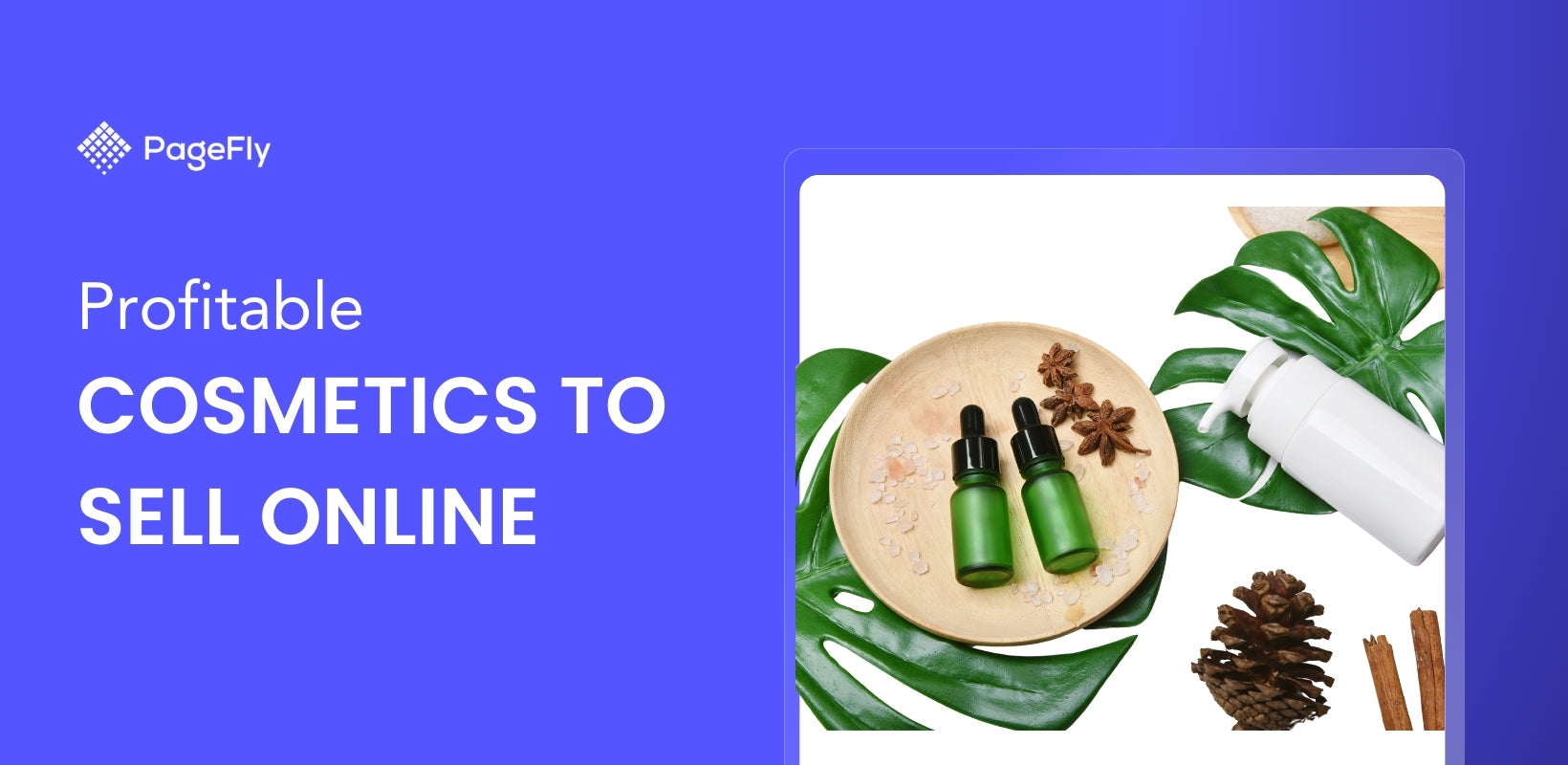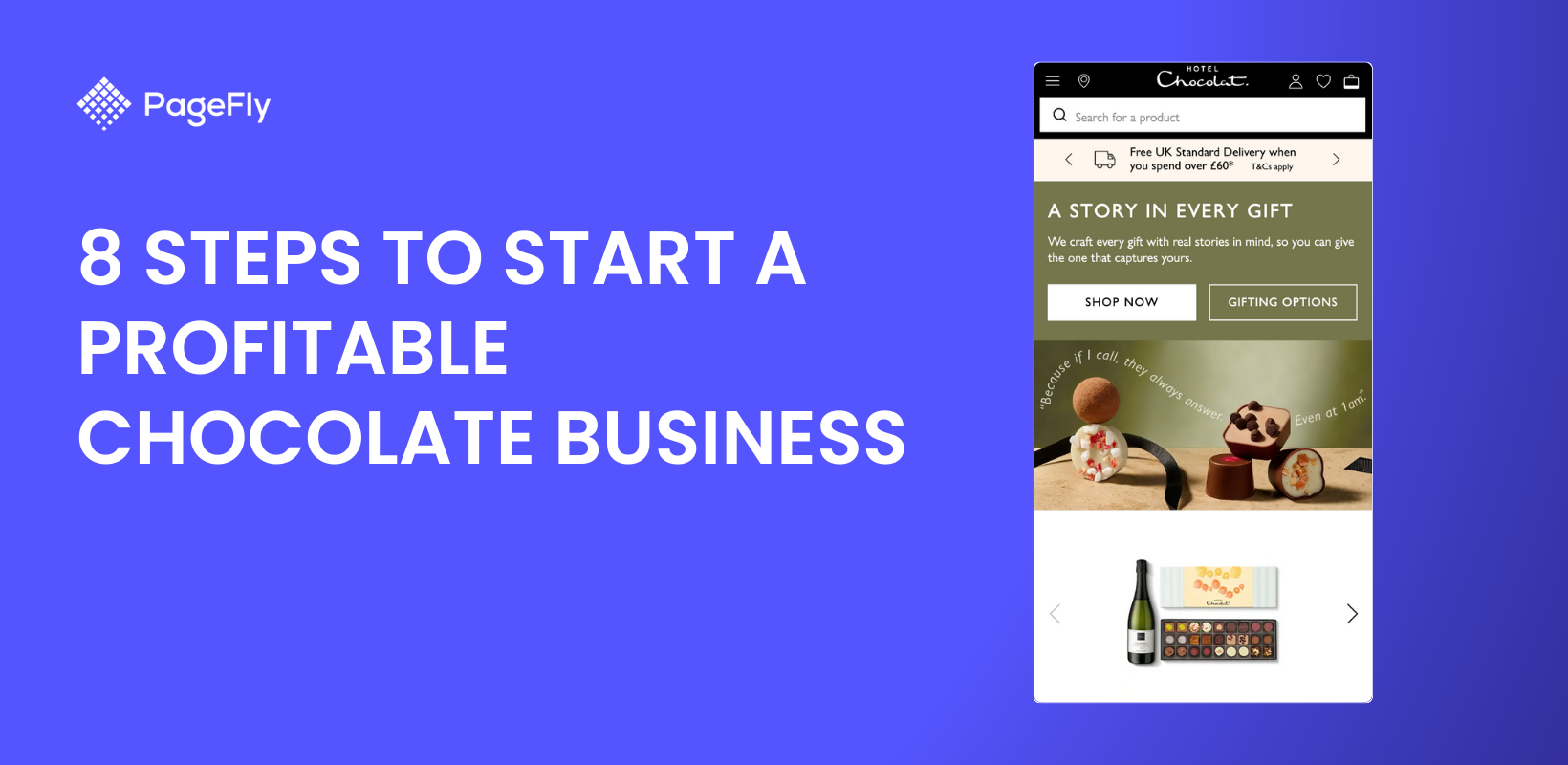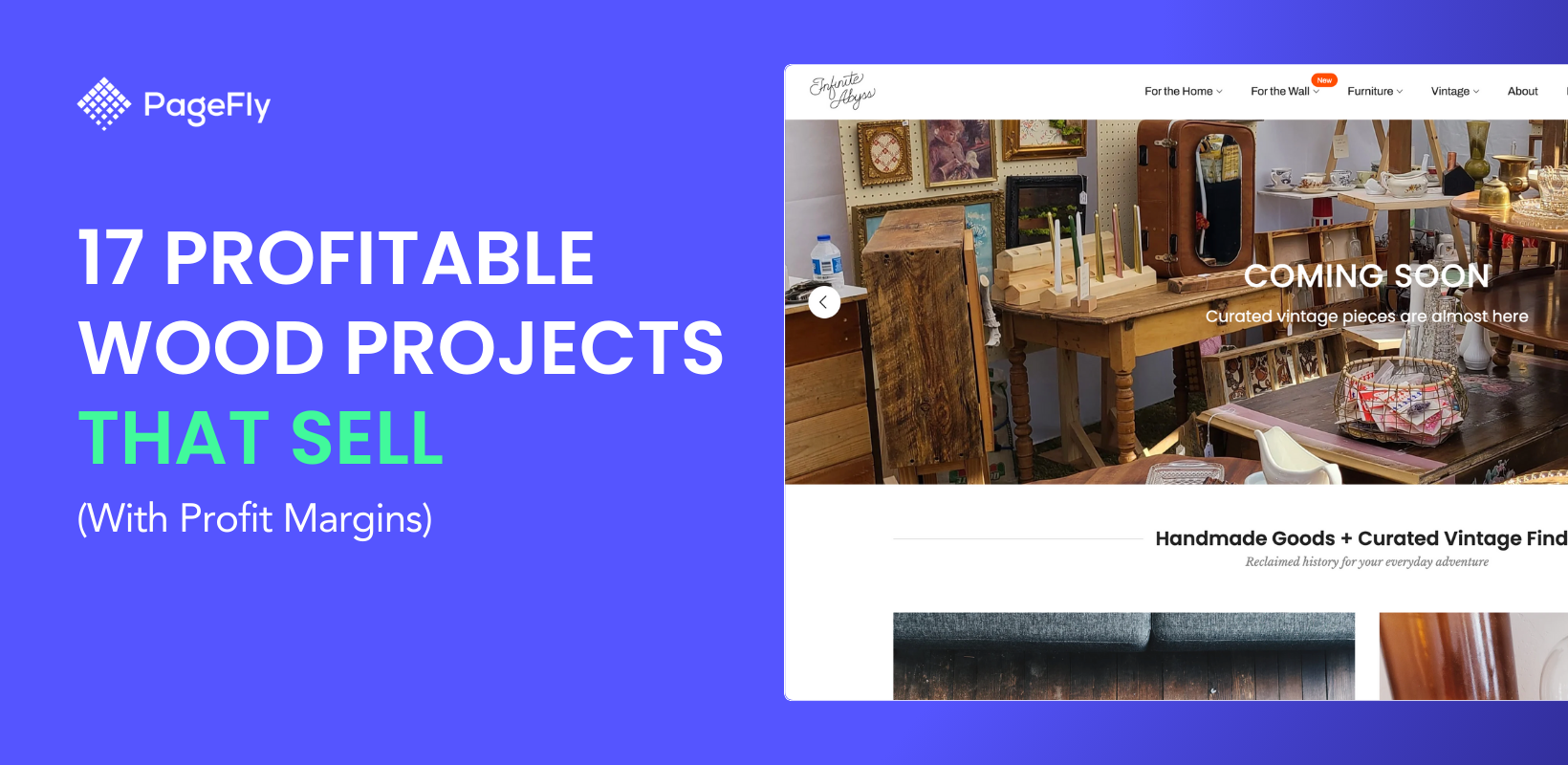Minimum order quantity or MOQ plays a huge and indispensable role in keeping the wheels of economy spinning. In today’s era of consumerism, minimum order quantities are all the more important in striking the balance between profitability for sellers and justifiable prices for consumers.
This important aspect of the law of supply and demand is what keeps businesses of all sizes alive. So, what exactly is a Minimum Order Quantity and why is it important to your retail business?
In this article, we will talk about MOQ, and we will teach you how you can add a wholesale page to your Shopify store.
Outline
- MOQ Meaning
- MOQ vs. Economic Order Quantity (EOQ)
- High vs. Low Minimum Order Quantity
- Importance of MOQ And Its Benefits To The Supply Chain
- How to Calculate Minimum Order Quantity?
- Tips To Make The Most Out Of Your MOQ
- How To Sell Wholesale On Shopify?
- Conclusion
MOQ Meaning
Minimum order quantity is the least amount of product a manufacturer or wholesaler is willing to sell to its customers. Behind the scenes, the products we see on store shelves have undergone a lot of computations in order to make them economically viable to produce and sell.
To better understand the concept of minimum order quantities, there are three perspectives that we need to understand:
Manufacturer’s perspective

The manufacturer is where the products we use come into form. These manufacturers are usually factories that operate on a large scale to produce different products - also in large quantities.
These manufacturers profit from mass production. With this, they take into account all the production costs - including the time that they fine tune their machines, the scraps at the beginning process, raw materials, and shipping costs, among other things. On top of that, they add their profit margin before selling to wholesalers.
Thus, it is not feasible for them to produce small batches or sell on retail.
Wholesaler’s perspective

The wholesalers or distributors are usually the customers of manufacturers. In order to purchase from the manufacturers, they must have the money to pay for the manufacturer’s minimum order quantity.
These wholesalers then sell to other smaller wholesalers or retailers. As a wholesaler, they should also set their own minimum order quantities to cover the cost of their products and shipping, among other things.
This is how products get to our retail stores or ecommerce businesses who are directly selling to the end users.
Your Perspective (Retailer)

As the final station of the products before reaching the end users, you are now bound to pay all the overhead costs and profit of the wholesaler and the supplier.
You now have to factor in overhead costs in acquiring your products, customer acquisition costs, and your profit margin to arrive at your retail price.
You also have a choice if you want to sell wholesale to other retailers (at a price lower than retail) while requiring just a small minimum order quantity to improve your cash flow.
This is possible through ecommerce. You can create a Shopify website for retail customers and a separate landing page for wholesale customers with login credentials (more on this later).
MOQ vs. Economic Order Quantity (EOQ)

To complete the bigger picture of the role of MOQ in your retail business, economic order quantity or EOQ is worth mentioning.
In essence:
- MOQ is the manner of selling your inventory in bulk to your wholesale and retail customers.
- EOQ reveals how much inventory you should order from your suppliers to meet the demands of your customers.
Hitting the right economic order quantity for your business will help you prevent tying up your cash on inventory that takes a while to sell; while having enough inventory to sell whenever an order comes in.
Simply put, MOQ is inventory going out, and EOQ is inventory coming in.
High vs. Low Minimum Order Quantity

The minimum order quantities set forth by suppliers can impact your retail business’ bottom line in a significant way. However, it entails taking into account your working capital, warehouse, manpower, and the systems that you use to efficiently control your inventory.
At the end of the day, it’s a matter of choosing the right supplier that offers minimum quantities appropriate to your business’ capabilities.
There are pros and cons between high and low MOQs. Let’s take a look at them.
High Minimum Order Quantity
Pros:
- Ordering products in large amounts lets you acquire products at a lower price.
- The risk of missing out on sales opportunities is low because you will always have inventory to sell.
- Administrative costs will also be lower because you order less frequently.
Cons:
- Ordering on large quantities means committing a huge chunk of working capital on inventories.
- Some suppliers require longer lead times to produce items on large batches.
- Stocking a bulk of inventory might require you to rent out storage spaces to safekeep your products.
Low Minimum Order Quantity
Pros:
- Ordering in low MOQ suppliers requires a smaller working capital investment.
- The risk of holding on to unsellable items is significantly lower.
- If operating on a limited budget, ordering in low quantities frees up cash that you can use for marketing and customer acquisition.
Cons:
- Products purchased in low minimum order quantities are priced higher than if ordered in high quantities.
- Risk of running out of stock is high, especially when unexpected spikes on sales occur.
- More spending on administrative and shipping costs, which both impact your bottom line.
Importance of MOQ And Its Benefits To The Supply Chain
For manufacturers, setting minimum order quantities gives them the assurance that the batch of products that they produce will be profitable for them. Enabling them to keep operating at a larger scale and to provide competitive prices to their customers.
For wholesalers, meeting the minimum quantities of manufacturers helps them buy products at a lower cost. In items originating overseas, meeting the minimum order quantity equates to significant cost reduction in shipment and other administrative expenses. These savings are then passed on to retailers like you.
As a retailer, partnering with a supplier that offers an MOQ that your capital can afford is crucial. Finding the right balance in your inventory will help your business run sustainably. And depending on your suppliers, you can implement healthy profit margins in every product that you sell in retail.
Additionally, you can supply smaller businesses or other startups by setting up your own minimum order quantities.
How to Calculate Minimum Order Quantity?

As a retailer, you enjoy the benefit of acquiring products at a lower price. This gives you a wider profit margin.
However, if you have large amounts of products in your inventory, your money is tied up and not in use. Selling your products through retail channels alone might take a long time.
One way to solve this dilemma is to open up your wholesale channels. This gives you a new channel for generating revenues albeit with lower profit margins.
But before you do that, you must set the minimum order quantities that will make your bulk sales profitable and worthwhile.
Here’s how to calculate your MOQ:
01. Analyze The Demand
Depending on the business, some items are in-demand throughout the year while some are seasonal items. Thus, it is important for you to know the demands for your own products. This way, you can avoid overstocking in hopes of selling wholesale.
02. Calculate Warehousing Costs
There are items that require special facilities (such as cold storage), items that can’t be mixed with other products in a single storage (chemicals, inflammable, or poisonous), and other product characteristics that affect the warehousing cost.
The bottom line is, you want to spend as little as possible on warehousing because this does not generate income for you. You want the quickest turnaround for your products. The quicker you sell them, the more you save on warehousing.
03. Determine Your Breakeven Point
Factoring in the demand and other expenses such as taxes, shipping, warehousing, etc. on top of your product cost, you should come up with your breakeven point. This will be your baseline in setting your profit margins to identify the minimum order quantities for your wholesale customers.
Here’s how you can compute the break even point in your business.
04. Set Your MOQs
After identifying your break even point, calculate your ideal profit margin. Checkout other suppliers and see if you can compete with their prices.
Once you found out your MOQ, you now know that selling quantities lower than your MOQ will result in an unprofitable transaction. Therefore, it is important that you adhere to your MOQ policies. This could mean turning down customers who want to buy wholesale but don’t meet your minimum quantities.
Tips To Make The Most Out Of Your MOQ

There are a lot of ways to make the wholesale aspect of your retail business more financially rewarding. Here are our tips to help you maximize your minimum order quantities.
01. Encourage High Customer Spending Through Incentives

In wholesale, the more you sell, the more you earn. When your customers spend more in purchasing your products, you get more revenues coming in to help you replenish your inventory.
Incentivize customer spending by implementing MOQ tiers that decrease the per-unit cost of each item as the customer purchases more.
For example, if you are selling customized tumblers at $25 retail:
- Set wholesale price to $20 for a minimum of 15 pcs.
- Lower the per-unit cost to $18 if the customer buys 30 tumblers.
- Lower in further to $15 for a minimum of 60 orders..
You can also encourage spending on a per-dollar basis so that your customers are not tied up with one SKU when ordering in bulk. They can choose as many SKUs as they want as long as they meet the MOQ in dollars.
For example, your MOQ is set at $500 for a 10% discount:
- If their orders reach $1000, the discount becomes 15%.
- And if their purchases amount to $2000, the discount climbs up to 20%.
By having these MOQ tiers, purchasing in bulk from you becomes an attractive proposition to your wholesale customers because it offers them flexibility as well.
02. Offer Free Shipping

Another way to incentivize customer spending is by offering shipping for high-value orders.
For example, your minimum order for tumblers is 15 pieces for $20 each. But the customer shoulders the cost because your profit margin at this point will not let you offer the shipping for free.
But for 60 pieces at $15 each, you can cover for the shipping cost. Therefore, you should encourage your customer to buy at least 60 pieces so they can save money on shipping.
The money that they could have spent on shipping is now turned into inventory, which they can recover once they sell the items.
Free shipping is not only effective on wholesale. You can implement free shipping on the retail-facing side of your business. Charge the customer a shipping fee on items until they reach the threshold where you can offer shipping for free. Say for example, “Free Shipping at $100”
03. Eliminate Slow-Moving Inventory

Wholesaling can help you eliminate slow-moving inventory in your warehouse. If an item does not sell, it is incurring expenses in warehousing. Which in turn hurts your profits.
One way to eliminate these is by setting a lower MOQ for these slow items so you can free up your cash as fast as possible. You can bundle these slow-moving items with the fast ones so that little by little, they free up storage space.
04. Speed Up Inventory Turnover

Implementing the right MOQ will help you speed up your inventory turnover.
Aside from improving cash flow, high inventory turnover lets you save on storage fees because you won’t need a large warehouse space. Instead, you only need to be efficient in your sales and purchasing so that when a product comes out of the warehouse, the space is replenished with new items ready for selling.
A high inventory turnover also means that the risk of obsolescence on your products is minimized. Obsolescence is when your products become irrelevant as time goes by.
05. Strengthen Supplier Ties

Maintaining a healthy business relationship with your local and overseas suppliers ensures the consistency of supply of products in your store.
In a mutually beneficial business relationship, suppliers will open their tables for possible negotiations on lower minimum orders or even lower prices on your purchases. Over time, your suppliers would be more than willing to be flexible with you.
06. Nurture Your Customers

Your business won’t be complete without your customers. Be it retail or wholesale, you must have a system in nurturing your customers.
Especially those who have been repeatedly transacting with you. Make sure that every deal they get from you is a win for both parties. Encourage them to raise their concerns if they find better wholesale deals from other suppliers and see if you can be flexible with them to salvage the business.
At the end of the day, if your customers are happy, they will keep coming back to you.
07. Have An Inventory Management System In Place

Among the most important aspects that will keep your wholesale business running is an automated inventory management system. One that sends notifications when stocks are low and keeps in track of everything round the clock.
Shopify stores have a built-in inventory manager that will help you keep track of everything with accuracy. You can set your own parameters in order to know when a stock is low or when it should display “out of stock” in the store so you don’t sell an item that isn’t in your inventory.
How To Sell Wholesale On Shopify?
Now that you have your minimum order quantities and you know how to make the best out of it, you are ready to start selling wholesale on your Shopify store.
The first way to sell wholesale is through the Handshake Marketplace.

Handshake is a marketplace by Shopify that helps you sell wholesale to your customers. There are important criteria that need to be met in order to be eligible to sell on Handshake.
As of this writing, Handshake is only available for US-based Shopify stores.
But how about retailers outside the US, does that mean they cannot sell wholesale? There is another way to help you sell wholesale in your retail store even if you are outside the US.
This is by adding a wholesale page in your Shopify store.
Here’s an instructional video on how you can do that:
If you want to give your wholesale and retail customers a different experience, you can make it possible using PageFly. You can build different landing pages from our selection of templates or you can customize the pages on your own using our simple drag-and-drop feature.
Bottom Line
Shopify opens up a lot of possibilities for your business. It is not just best for retailers or B2C businesses, but it is also a very capable platform for B2Bs.
Now that you know everything about minimum order quantity, use it to your advantage in your retail business to open up a new sales channel so you can reach your business goals and maximize your growth.
Finally, be sure to partner with a supplier that you can rely on to consistently deliver your demands and are willing to be flexible with your business. This is a crucial aspect that dictates the chance of success of your wholesale business.




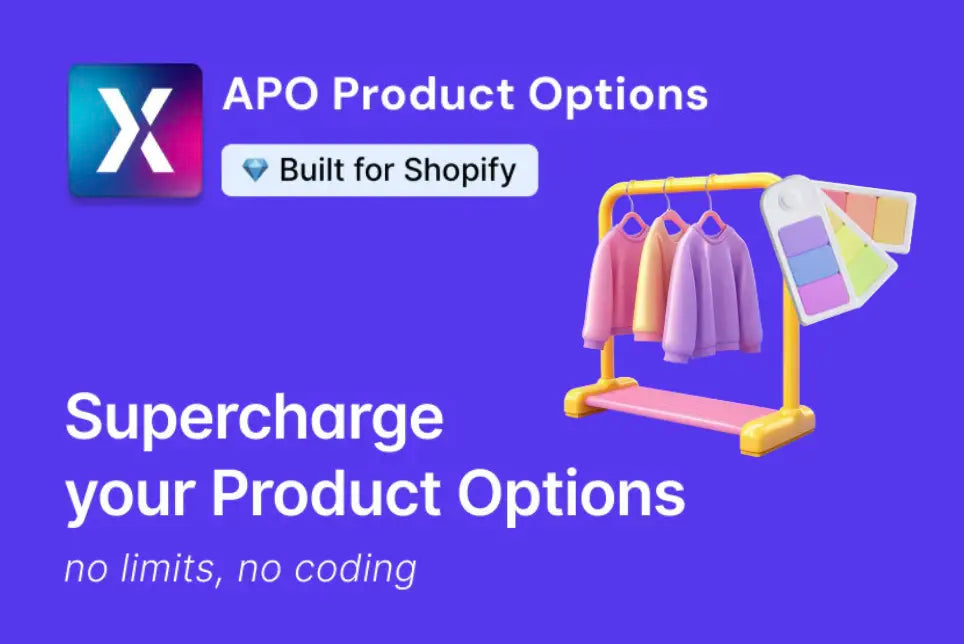
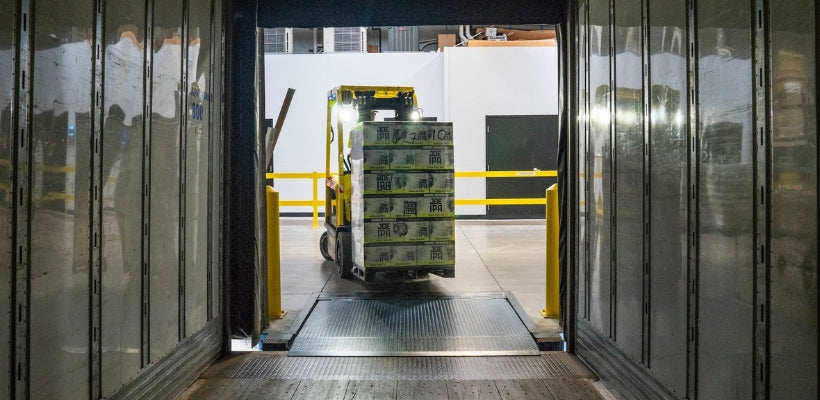

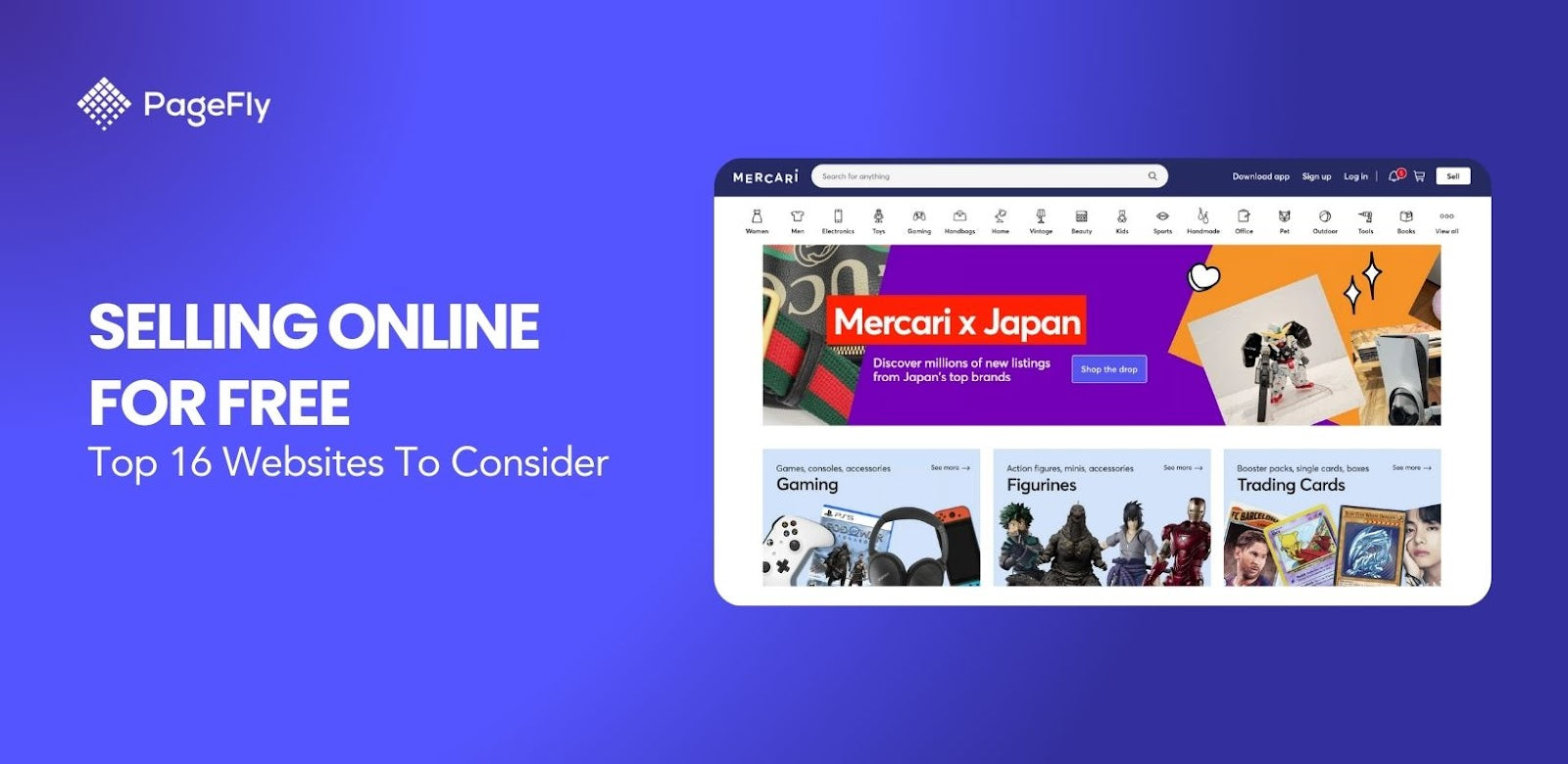

![14 Profitable Small Food Business Ideas for 2025 [Real Numbers]](http://pagefly.io/cdn/shop/articles/1_58b587d2-13db-4aa6-8c19-e40f5c88d3eb.jpg?v=1758255771&width=4460)
![Art Business Names: 350+ Ideas + Free Generator [2025 Updated]](http://pagefly.io/cdn/shop/articles/art_business_name_e94a54e9-d325-4ba3-94ab-7b4297952312.png?v=1760062968&width=1640)
